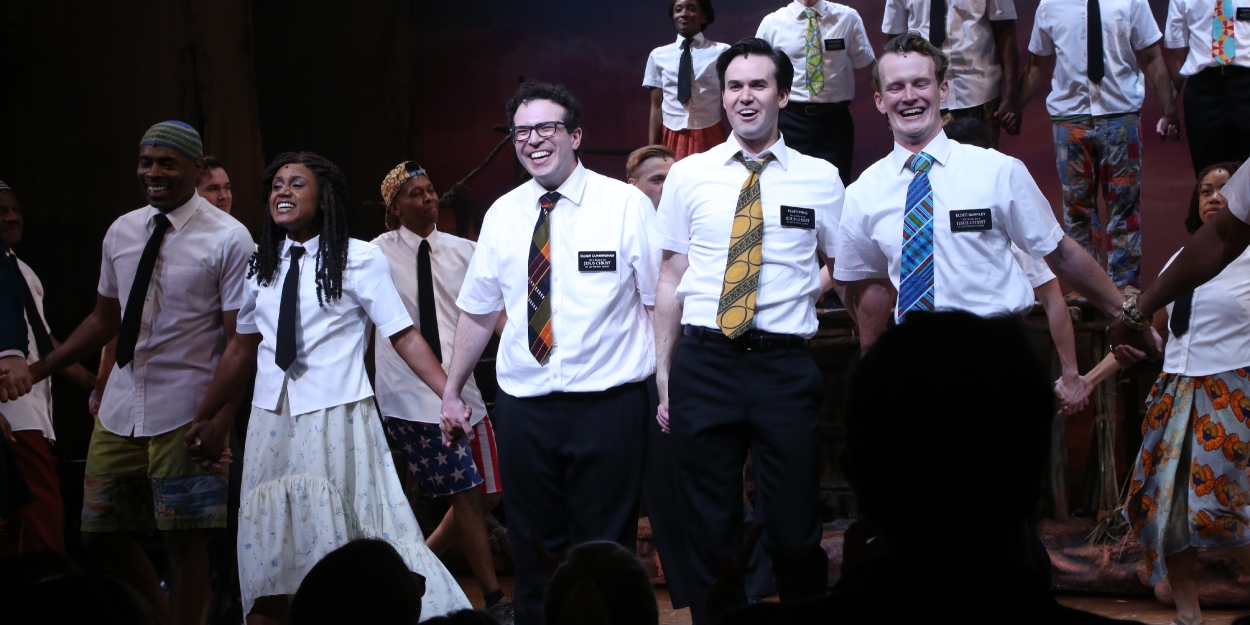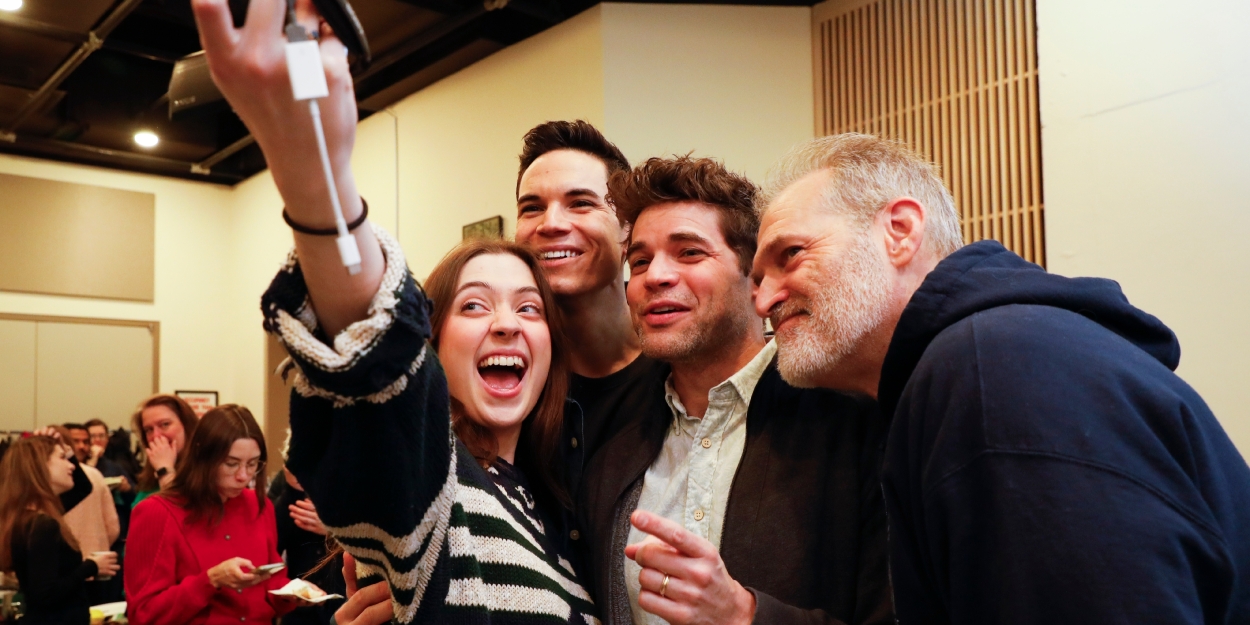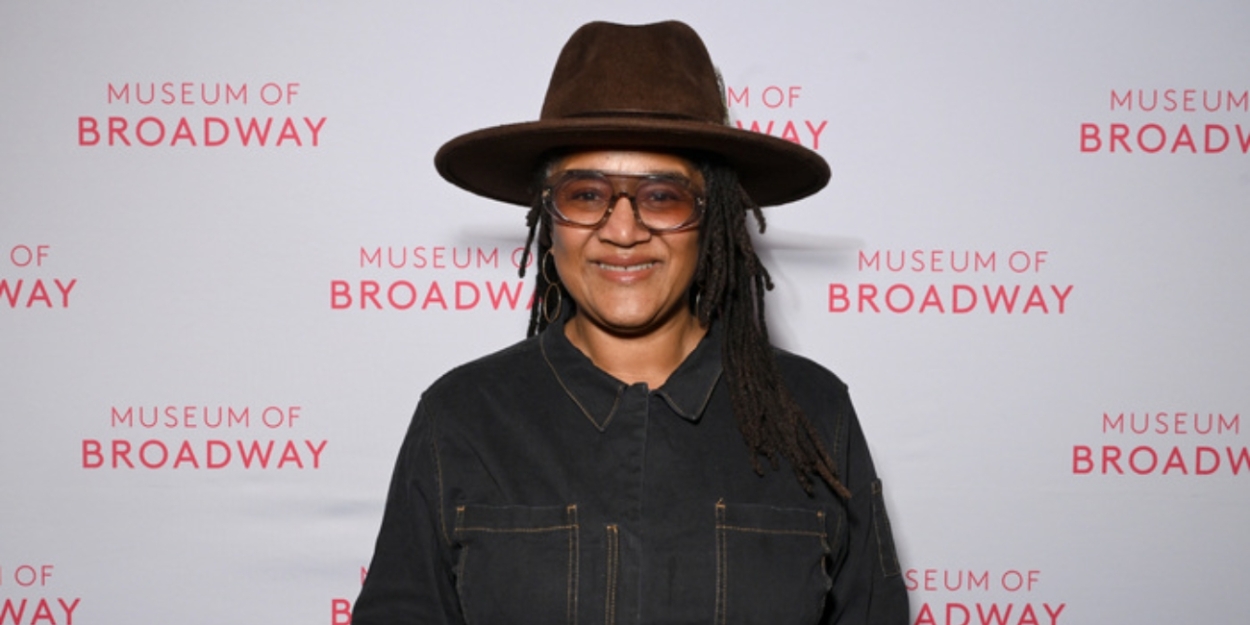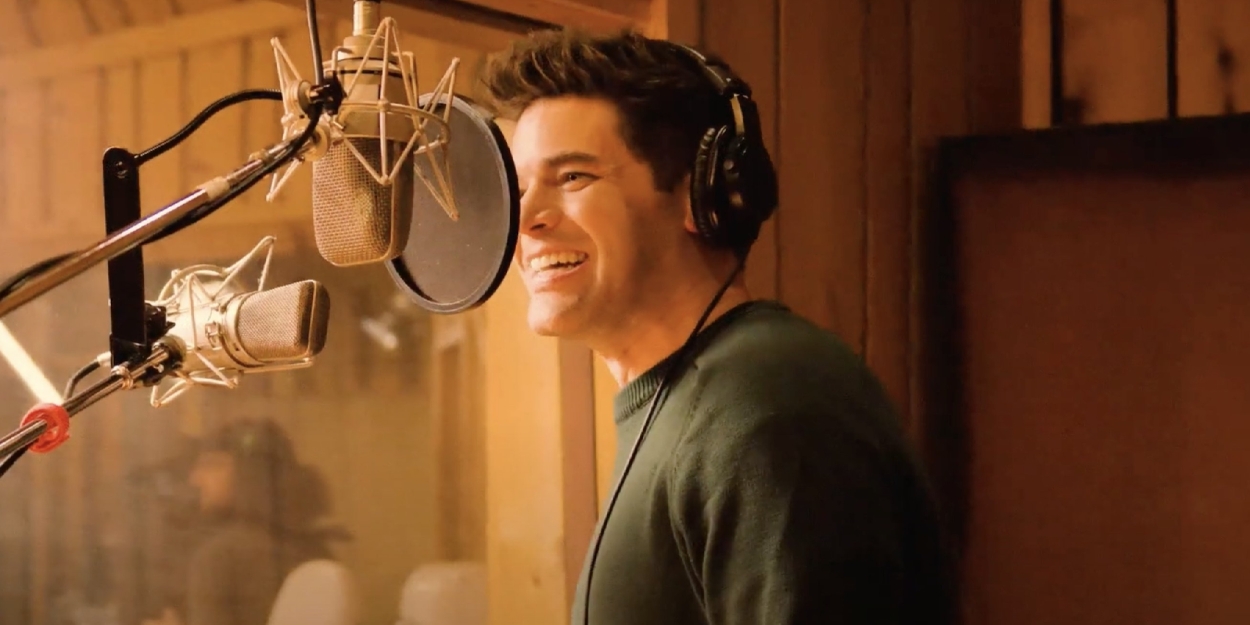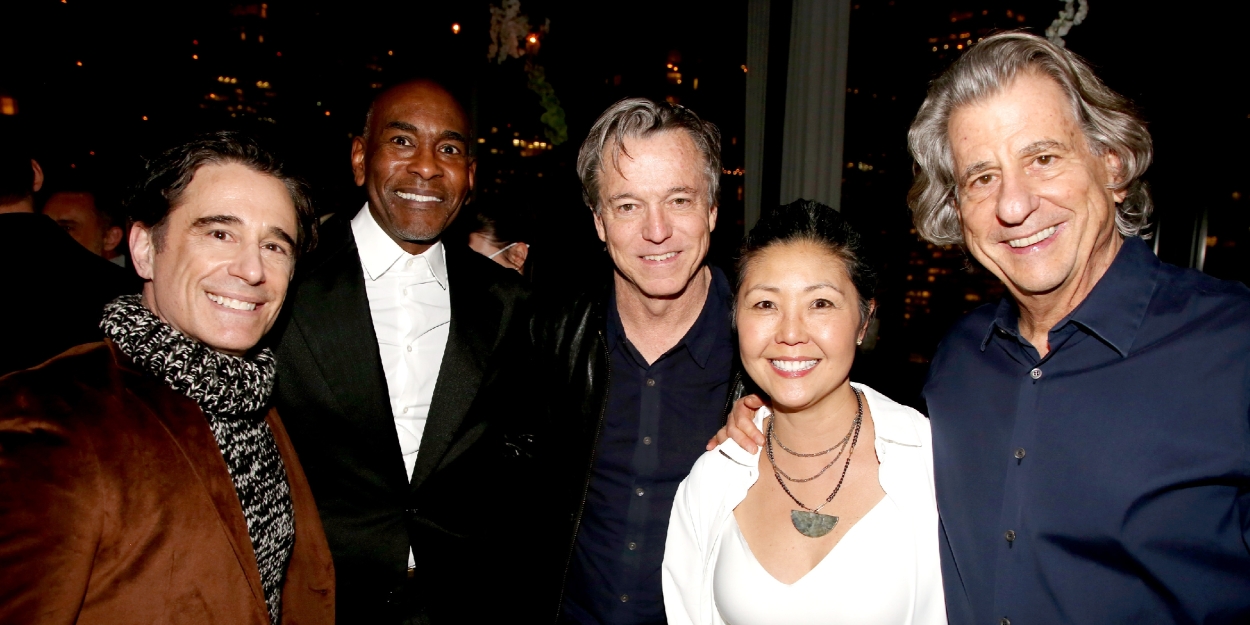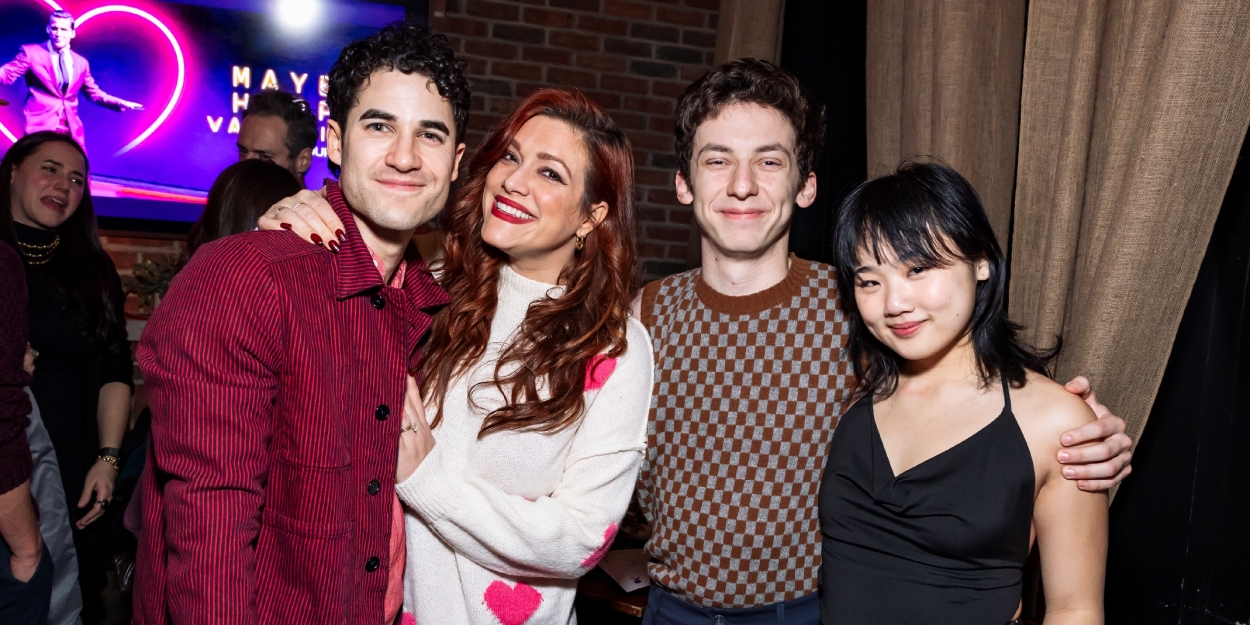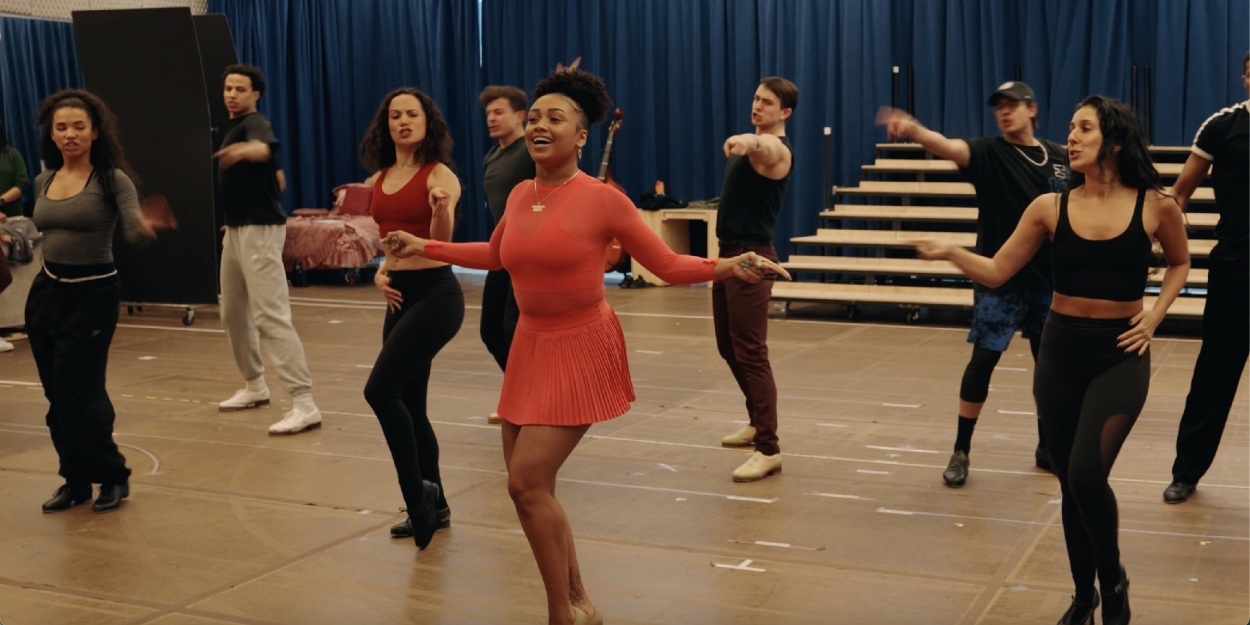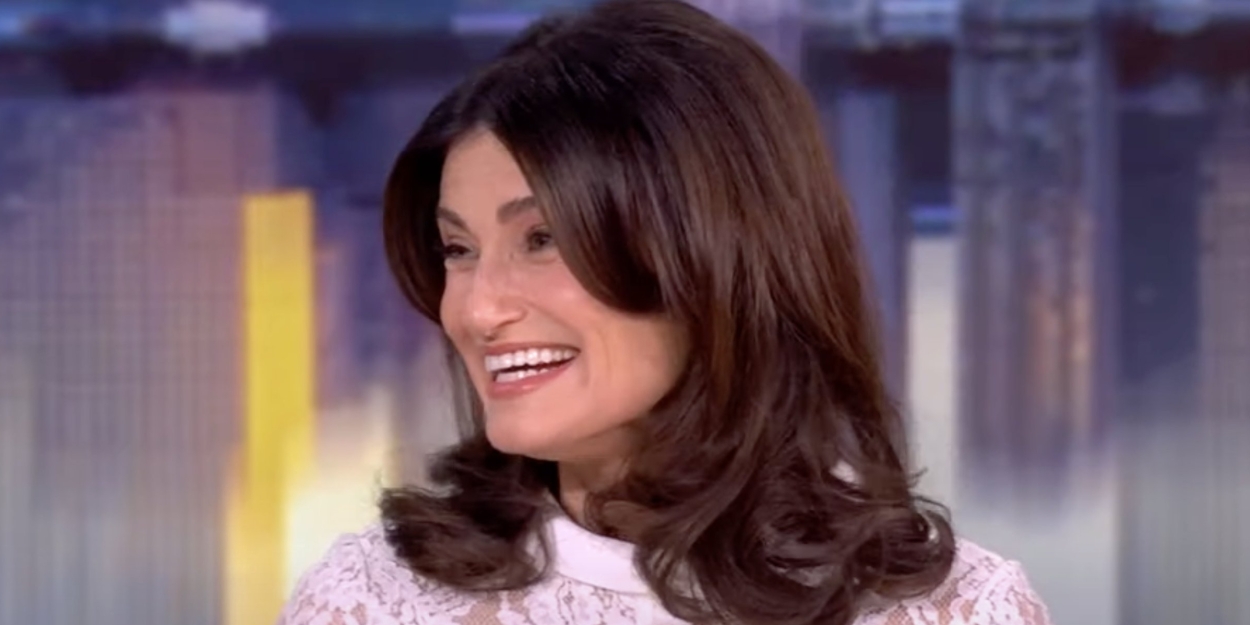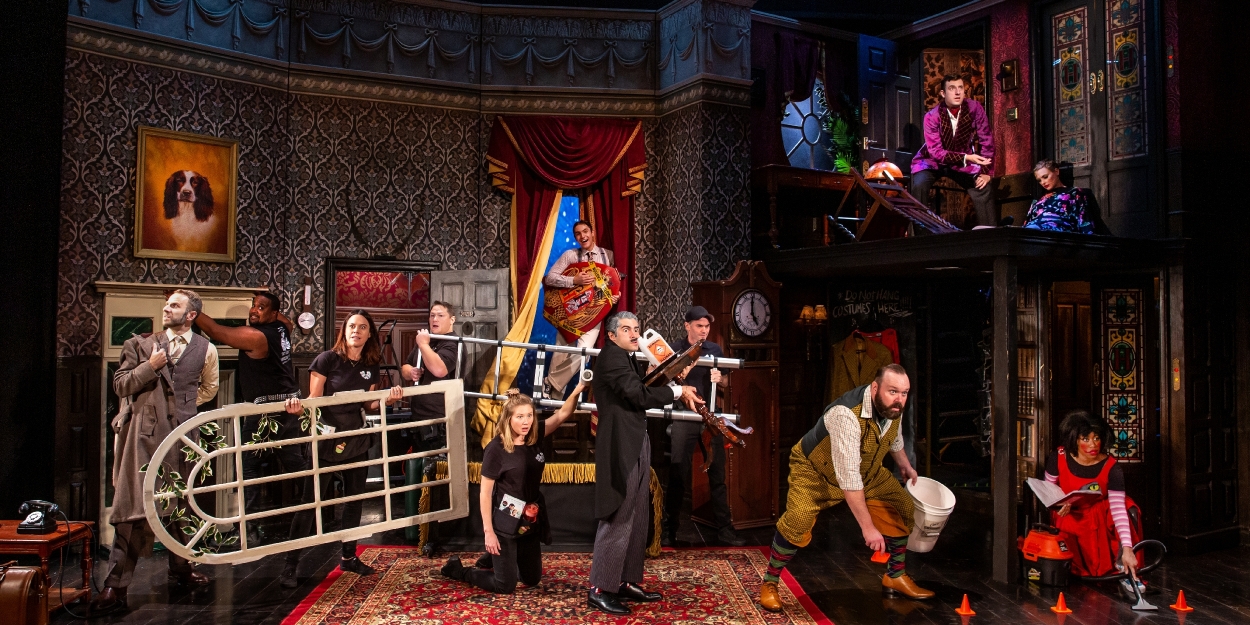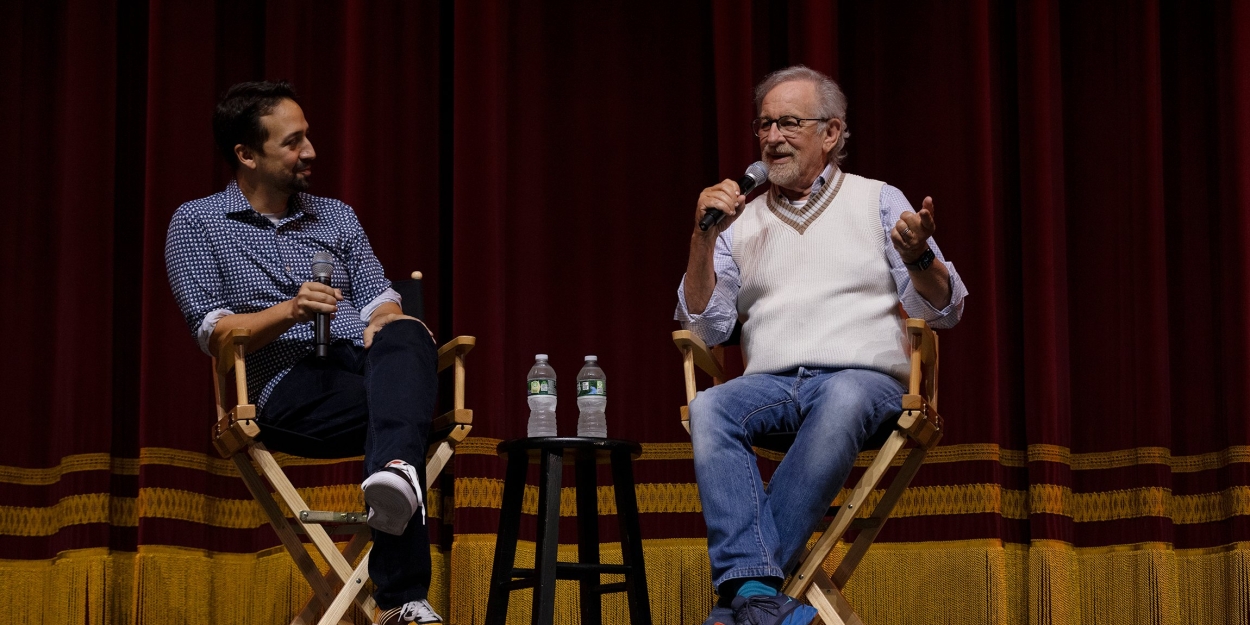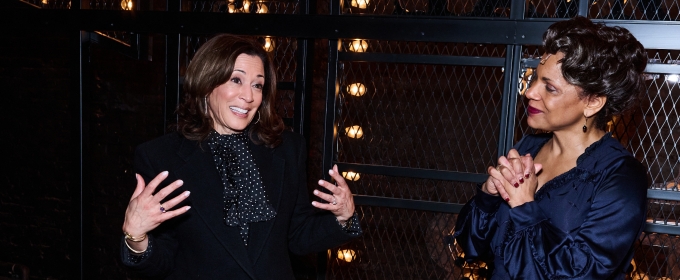Trending Stories
Recommended for You
Cynthia Erivo Will Host the 2025 Tony Awards
The 78th Annual Tony Awards will take place on June 8, 2025.
Jordan Fisher To Join MOULIN ROUGE! On Broadway This Spring
Moulin Rouge! The Musical will reunite Jordan with his former Hadestown co-star, Solea Pfeiffer, who currently plays the role of ‘Satine’.
Video: Watch the Cast of BOOP! THE MUSICAL Rehearse For Broadway
Boop! the Musical will open on Broadway on April 5 at the Broadhurst Theatre.
Photos: Jonathan Groff and JUST IN TIME Cast Perform at So & So's
JUST IN TIME will open Wednesday, April 23, 2025, at Broadway’s Circle in the Square Theatre, with previews beginning Friday, March 28, 2025.
Ticket Central
Industry
West End

Review: HAMLET, Royal Shakespeare Theatre
Luke Thallon is a titanic Hamlet in Rupert Goold’s nautical concept
Luke Thallon is a titanic Hamlet in Rupert Goold’s nautical concept
New York City

Photos: LOS SOLES TRUNCOS At Repertorio Español
The show officially opens on Friday, February 21, at Repertorio Español, running throughout the year.
The show officially opens on Friday, February 21, at Repertorio Español, running throughout the year.
United States

Review: WAITRESS at Beck Center For The Arts
BWU's WAITRESS delivers a tasty treat at Beck Center for the Arts
BWU's WAITRESS delivers a tasty treat at Beck Center for the Arts
International

Review: LEKA FÖR LIVET/ MAKE BELIVE at Playhouse Teater
Bess Wohls play Make Belive runs at Playhouse Teater till 27th of April
Bess Wohls play Make Belive runs at Playhouse Teater till 27th of April




















